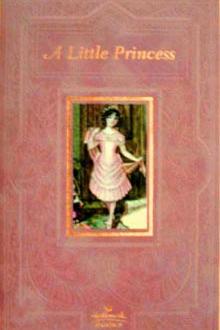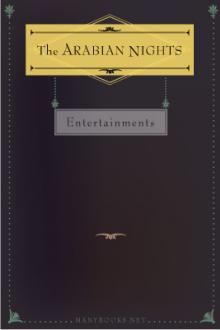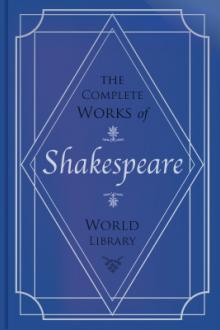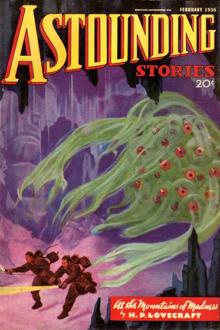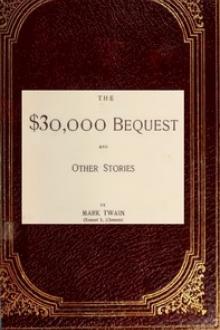Anglo-Saxon Grammar and Exercise Book
Anglo-Saxon Grammar and Exercise Book
with Inflections, Syntax, Selections for Reading, and Glossary
Book Excerpt
ounded):[1] #bry:d#, bride.
The diphthongs, long and short, have the stress upon the first vowel. The second vowel is obscured, and represents approximately the sound of er in sooner, faster (= soon-uh, fast-uh). The long diphthongs (æ: is not a diphthong proper) are êo, îe, and êa. The sound of êo is approximately reproduced in mayor (= mâ-uh); that of îe in the dissyllabic pronunciation of fear (= fê-uh). But êa = æ:-uh. This diphthong is hardly to be distinguished from ea in pear, bear, etc., as pronounced in the southern section of the United States (= bæ-uh, pæ-uh).
7. The short sounds are nothing more than the long vowels and diphthongs shortened; but the student must at once rid himself of the idea that Modern English red, for example, is the short
Editor's choice
(view all)Popular books in Language, Fiction and Literature
Readers reviews
0.0
LoginSign up
Be the first to review this book
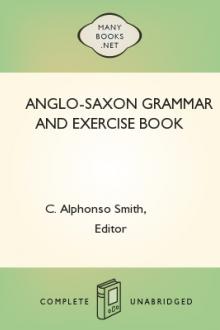
 Free Download
Free Download














